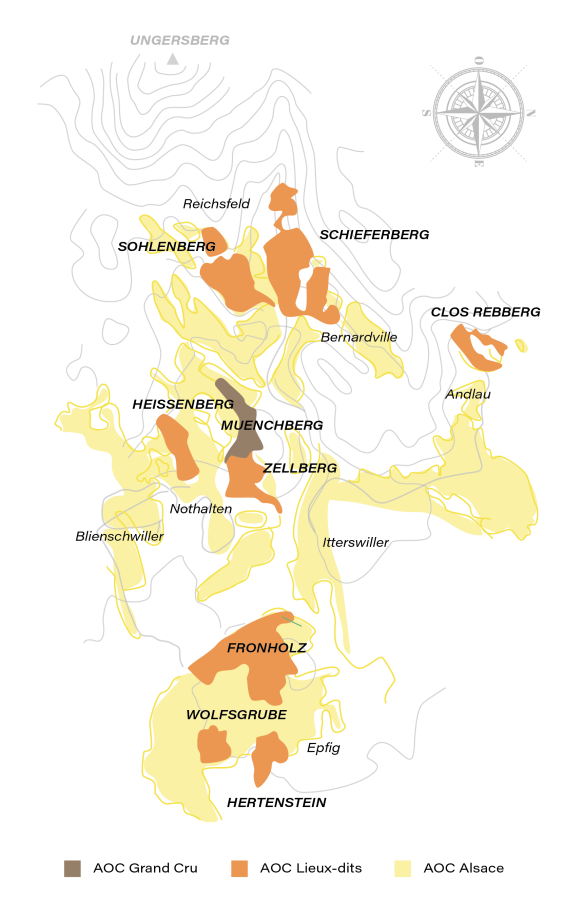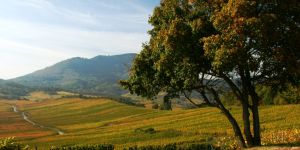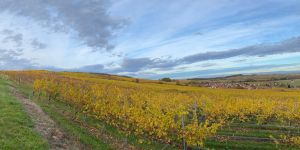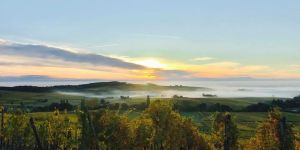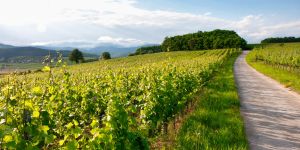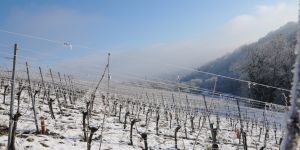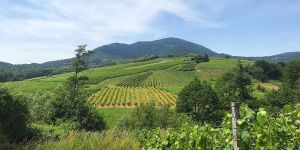Our vineyards
Between the Ungersberg
and the Fronholz
Our vineyard is protected from rain and western winds by the Ungersberg, a Vosges sandstone hill that culminates at 901 m. We benefit from a microclimate accentuated according to the different orientations of the places and subsoil that we cultivate.
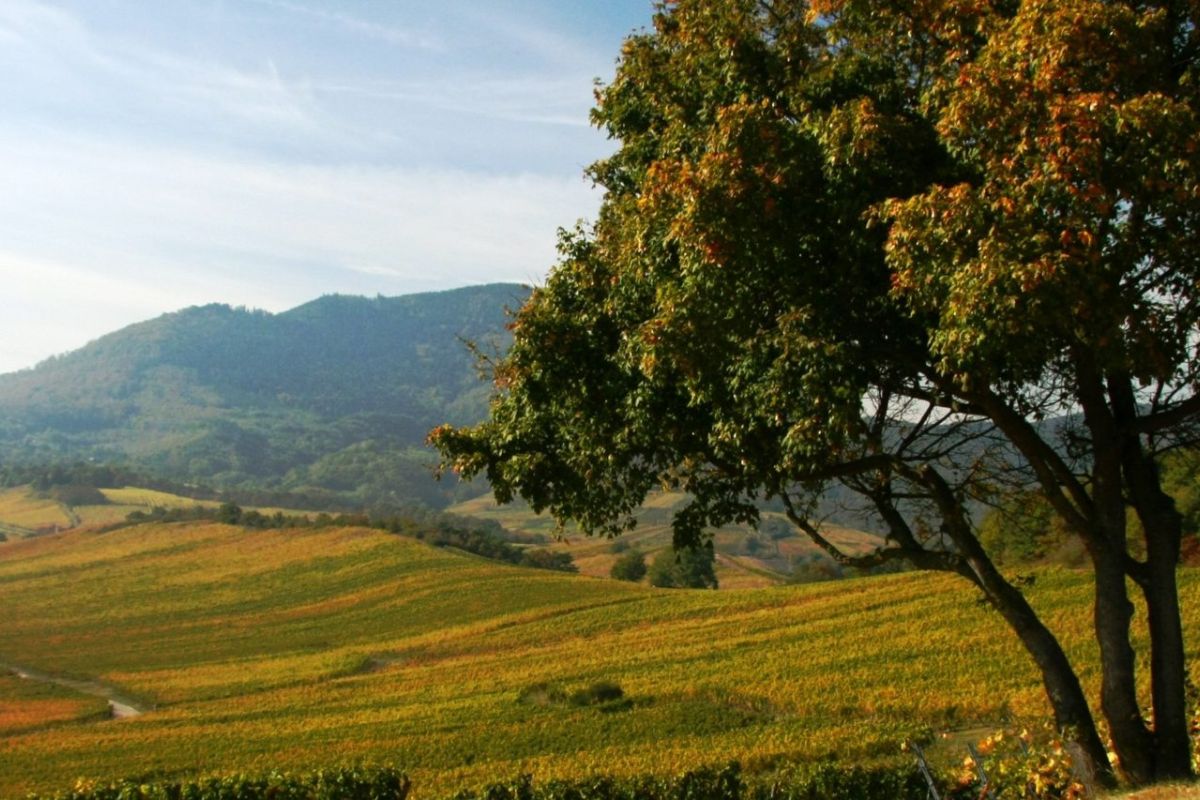
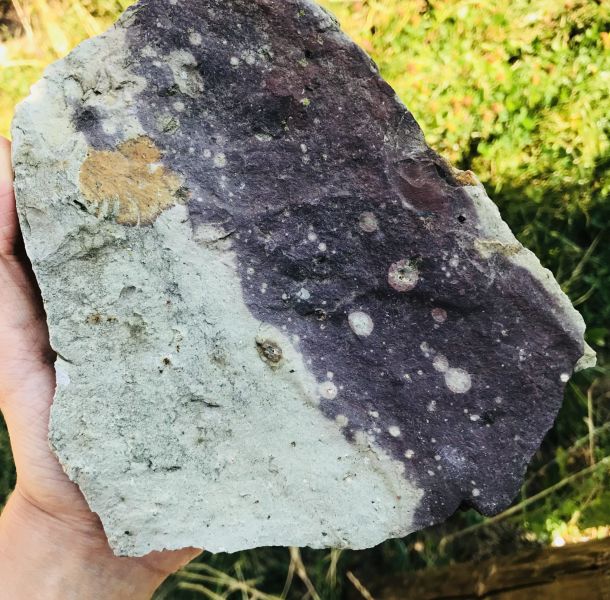
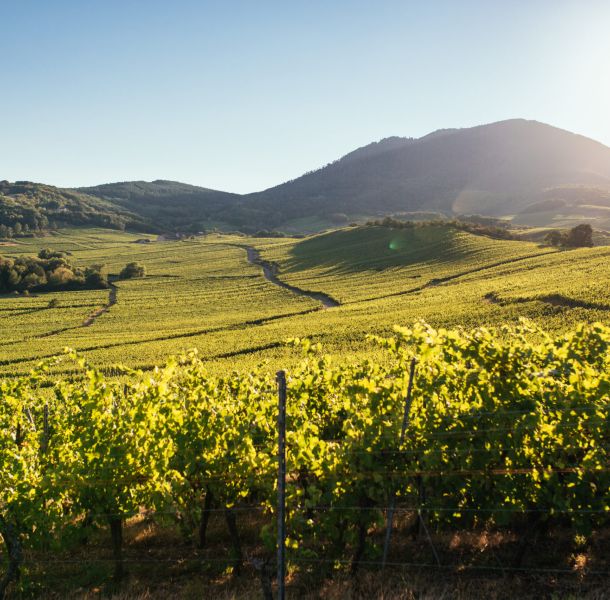

Muenchberg Grand Cru
Located in Nothalten, the Muenchberg Grand Cru translates as the monks’ hill. As early as the 12th century, the Cistercian monks of the Baumgarten Abbey cultivated vines on these hillsides. Crescent-shaped and located on both sides of a south-facing valley, the Muenchberg enjoys a unique microclimate. The soil and subsoil are made up of 250 million year old sediments, dating back to the Permian period. They are pudding, conglomerates and breccias with often altered elements: volcano-detrital deposits, sometimes rich in tuffs and volcanic ashes. These rocky and sandy soils provide a poor soil, but where drainage is excellent and heating is rapid. The wines from this terroir are full-bodied and mineral, with smoky/toasty notes.
Heissenberg
Translates as the hot hill. It is a locality located in the township of Nothalten. These hillsides exposed to the South benefit from a dry and hot climate, are composed of a siliceous subsoil of sandstone type Psammites. This soil allows to obtain crystalline and mineral salivating wines.
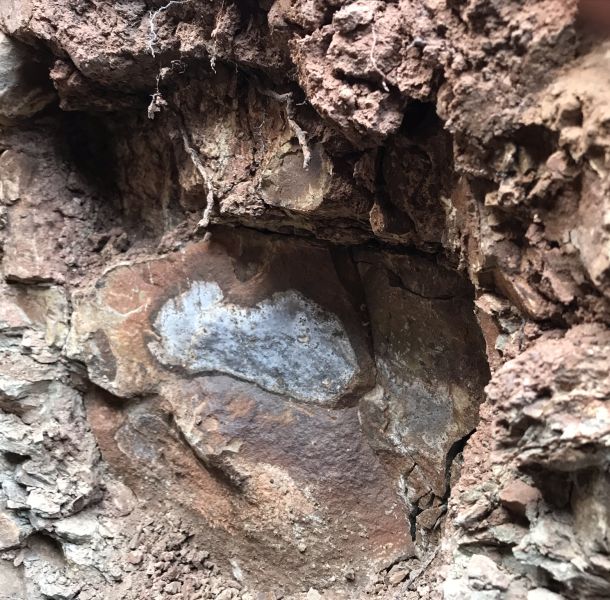
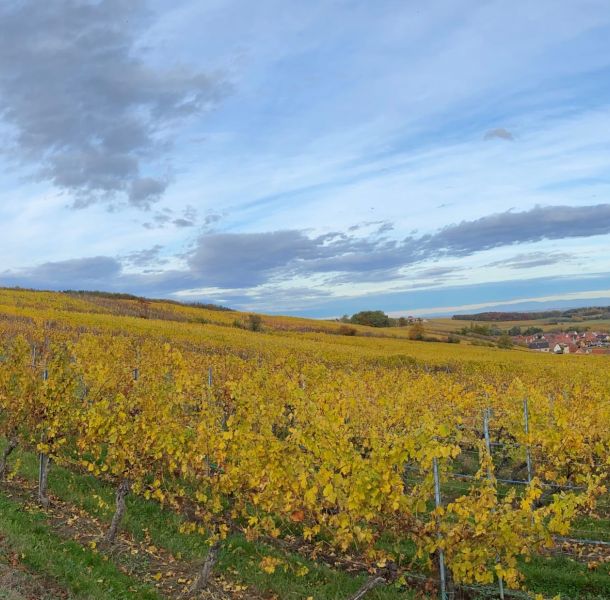
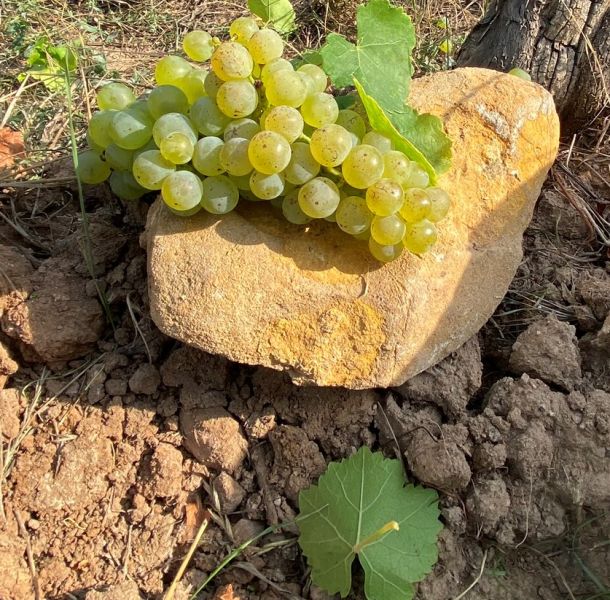
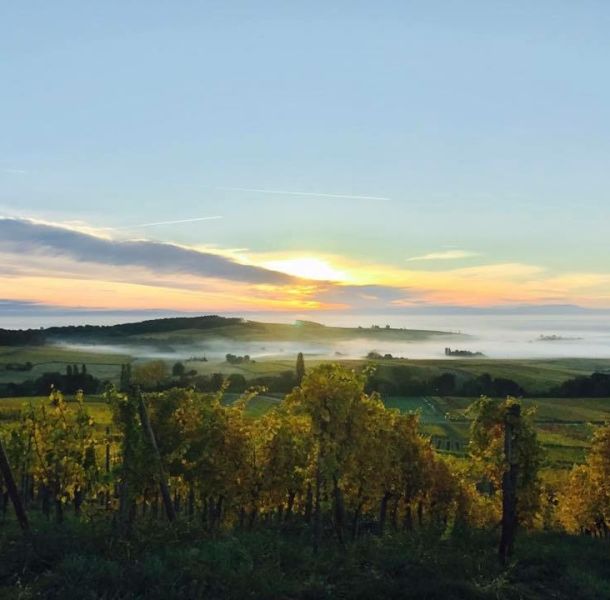
Zellberg
Is translated by the hermitage of the hill, this name comes from the existence of a hut belonging to the monks of the time. It is a locality which is located on the commune of Nothalten. These slopes exposed to the East, are composed of a subsoil of marl, limestone and sandstone conglomerates. This place allows to obtain ample and mineral wines with floral notes.
Fronholz
Is translated by the wood of drudgery, it is about the free work that the peasants were obliged to do for their lord. It is a locality which is located in the township of Epfig. It is one of the rare Alsatian hillsides exposed to the south-west which benefits from a bright and windy climate, its subsoil is composed of clay, quartz, silica and loess, with limestone in depth. This soil allows us to obtain full-bodied wines supported by good acidity.
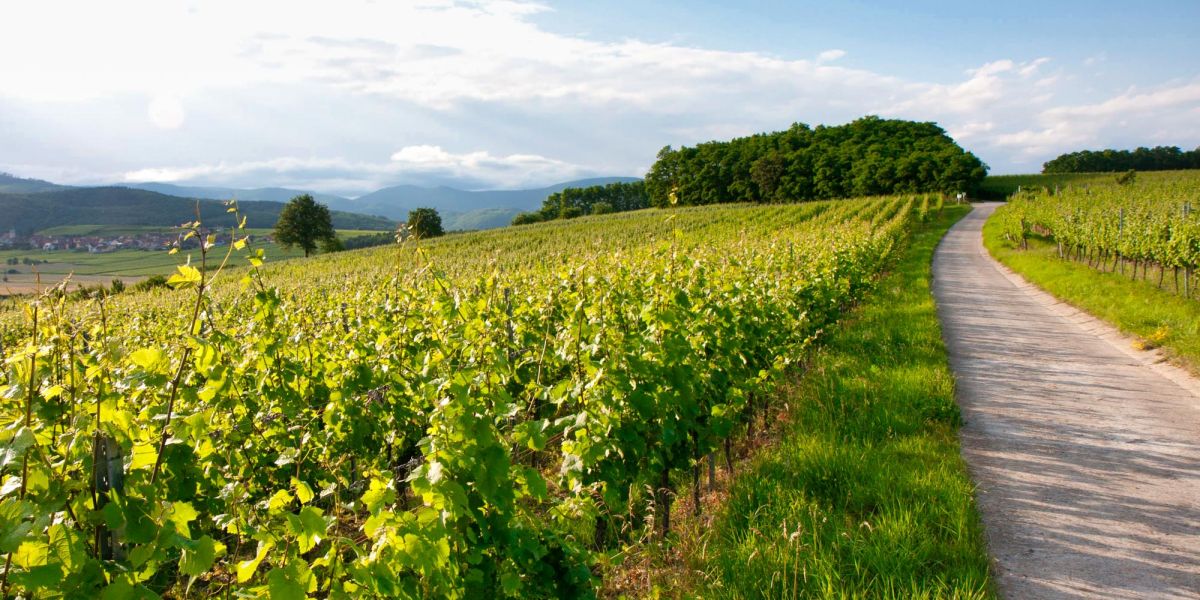
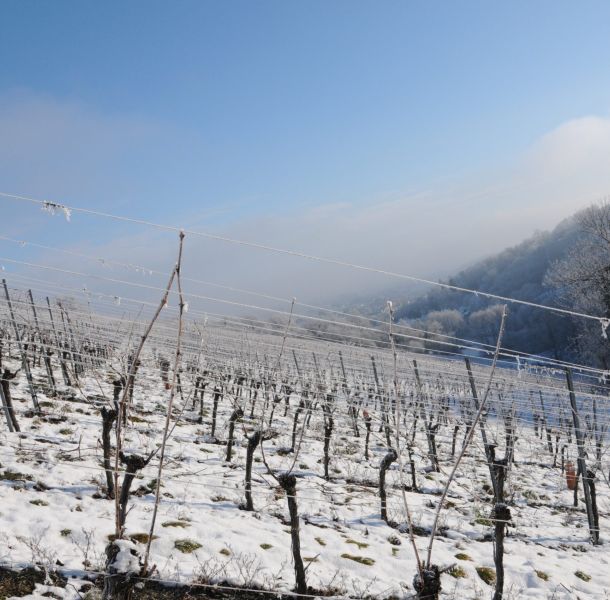
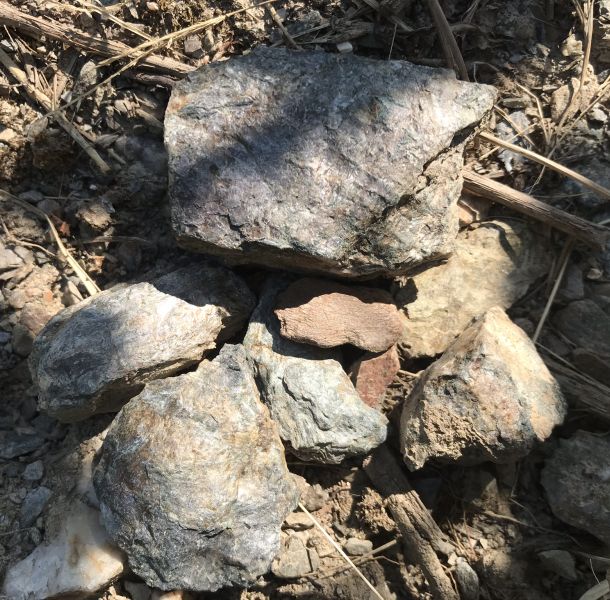
Clos Rebberg
Is translated by clos of the vines hill. It is a locality located in the commune in Andlau. These hillsides are exposed to the South-East, have a slope of 80% and are composed of a rare subsoil of blue-grey schist of Villé. This unique rock makes it possible to obtain crystalline and mineral wines with notes of flint.
Sohlenberg
It is a locality which is located on the commune of Reichsfeld. This hillside is exposed South-East, its subsoil is composed of two sandstone rocks, the Vosges sandstone and the Permian sandstone. This location allows us to obtain mineral wines, with vertical acidity and floral notes.
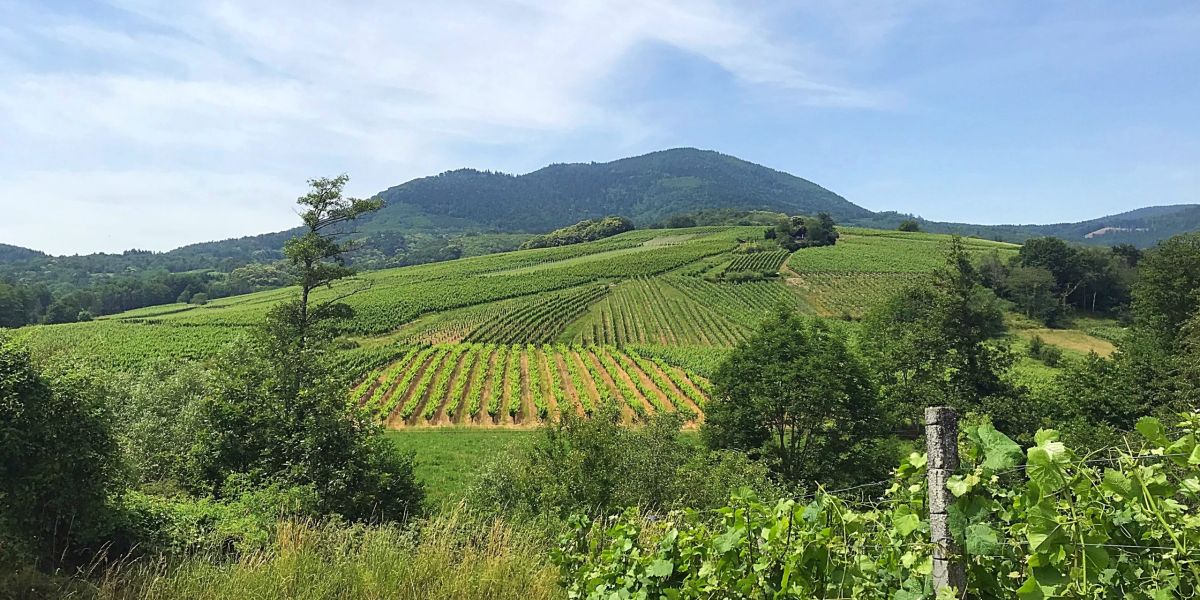
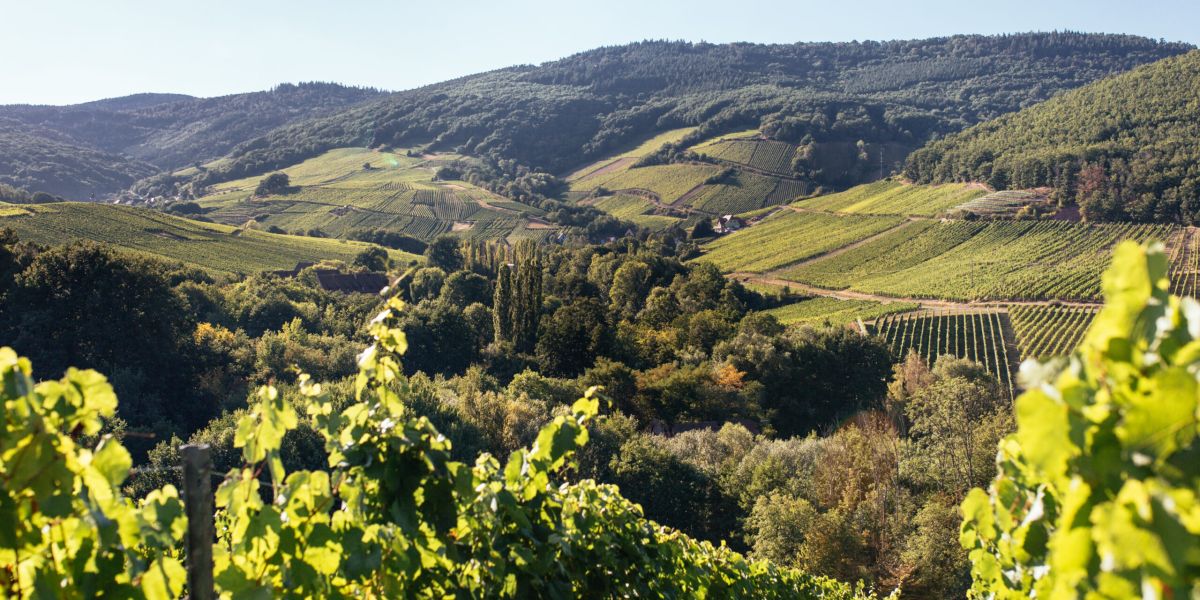
Schieferberg
It translates to “the schist hill.” This lieu-dit is located in the village of Reichsfeld. These south-facing slopes benefit from a dry, warm climate and are composed of blue schist — a geological rarity in Alsace. This unique soil yields crystalline, mouthwatering wines with a distinctive mineral character.
We also grow vines on the Wolfsgrube, the Hertenstein…

